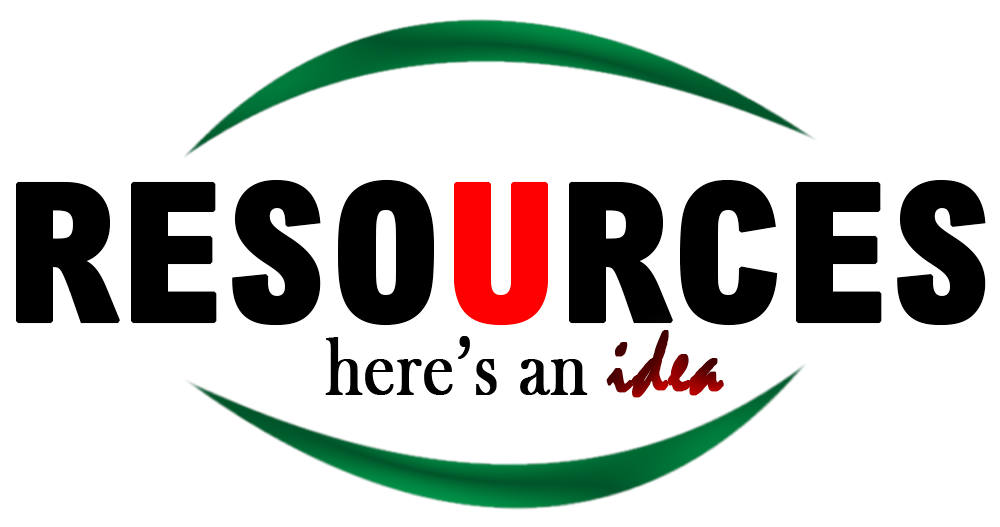Website Design Services
To Build Modern Websites
Before writing a single line of code, it’s essential to gather the necessary information and understand the project requirements. This stage is all about laying a strong foundation.
Identify Goals: Define the purpose of the website. Is it to showcase a portfolio, sell products, or provide information?
Target Audience Research: Understand the user persona. Who will visit the site, and what do they expect from it?
Content Planning: Determine what content will be on the website. Create a site map and wireframes.
Competitor Analysis: Look at competitors’ websites for inspiration and to identify gaps in the market.
What We Are Expert At
Practice Areas
Design
_____________
Design is a critical part of web development. A visually appealing, intuitive, and responsive design ensures users have a pleasant experience on the site.
Design
UI/UX Design: Develop user-friendly layouts. Focus on the design of key elements like navigation, CTAs (Calls to Action), and the visual hierarchy.
Mobile Responsiveness: In today’s mobile-first world, ensure the design adapts seamlessly to mobile and tablet screens.
Prototyping: Create interactive prototypes to see how users will interact with the site.
Development
_____________
This stage is where the actual coding happens. The goal is to bring the design to life and make the website functional.
Development
Front-end Development: This involves creating the visual components of the website (HTML, CSS, JavaScript). Frameworks like React, Vue.js, or Angular can speed up development.
Back-end Development: Focus on the server-side logic, database management, and API integration. Technologies like Node.js, Python (Django or Flask), or PHP are commonly used.
Database Setup: Choose the right database solution for the website. Popular choices include MySQL, PostgreSQL, MongoDB, and Firebase.
Version Control: Use Git for version control. Platforms like GitHub, GitLab, or Bitbucket allow collaboration and tracking changes.
Testing
_____________
Quality assurance ensures that the website works as expected across different browsers and devices.
Testing
Cross-browser Testing: Test your website on various browsers (Chrome, Firefox, Safari, Edge) to ensure compatibility.Mobile Testing: Test responsiveness on mobile devices.
Functionality Testing: Check all interactive elements (forms, buttons, and links) to ensure they work properly.
Performance Testing: Evaluate the site’s speed using tools like Google Lighthouse or GTMetrix and address any performance bottlenecks.
Launch
_____________
Once the website passes all tests and checks, it's time to deploy it for the world to see.
Business Litigation
Choose a Hosting Provider: Select a hosting provider like Blue host, Site Ground, or Digital Ocean depending on your needs (e.g., shared hosting, cloud hosting, or VPS).
Domain Name Setup: Ensure the domain is registered and linked to the hosting provider.
Deployment: Upload the website files to the server using FTP, SSH, or CI/CD pipelines.
Final Checks: Double-check for any last-minute issues before launching
Monitoring and Maintenance
_____________
After launching, the work doesn’t stop. Regular maintenance and monitoring are essential to ensure the website stays up-to-date and functional.
Monitoring and Maintenance
Monitor Site Performance: Use Google Analytics and other monitoring tools to track user activity and behavior.
SEO Optimization: Regularly check the SEO performance and optimize the website for search engines using tools like Google Search Console.
Content Updates: Regularly update content to keep the site fresh and relevant.
Security Patches: Update software, plugins, and libraries regularly to protect against security vulnerabilities.
We Are Here to Assist You
A successful web development process requires careful planning, attention to detail, and the use of the right tools at each stage. By following a structured approach—starting from discovery, through design, development, testing, and deployment—you ensure a high-quality website that performs well and meets user needs. After launch, continued monitoring and maintenance will keep the website fresh and secure, contributing to long-term success.
Have any questions or want help getting started? Reach out, and let’s discuss how we can bring your project to life!
Knowledge & Experience

Web development is the process of building and maintaining websites. It involves a combination of coding, design, and functionality to create web pages and applications that users can interact with
Web design is one of the most exciting and ever-evolving fields in the digital world. Whether you’re a seasoned pro or just starting your journey as a web designer, knowing the essential skills that can help you build functional, beautiful, and user-friendly websites is crucial.
- Master the Basics: HTML & CSS
- Responsive Web Design: Mobile-First Approach
- JavaScript for Interactive Designs
- UI/UX Design Principles
- Search Engine Optimization (SEO)
- Web Performance Optimization
- Web Accessibility (a11y)
- Web Design Tools and Software
- Color Theory and Typography
- Version Control with Git
